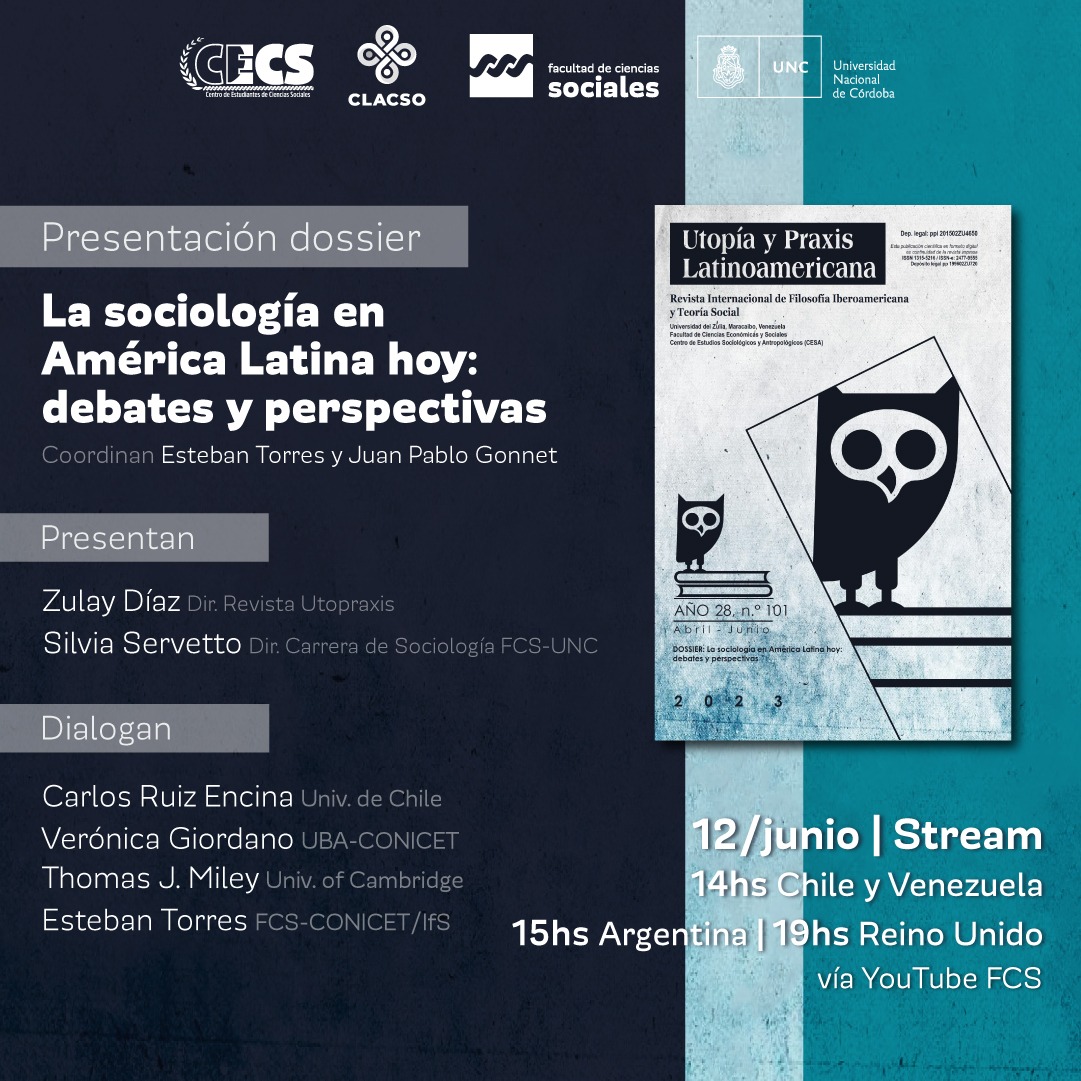Market driven by sustainable construction and demolition waste in UAE
Resumen
ABSTRACT
This paper aims to evaluate the regulations in the United Arab Emirates (UAE) treatment plant, and its market-driven acceptability of using construction and demolition waste (CDW). This research paper highlights the exceptional work of the 10 construction companies in the UAE in their operational achievements as turnaround after the recession. Effective strategies helped businesses during this period including the expansion into crisis-resistant markets such as acceptability of the market to use CDW; introducing market lines; maintaining prices while augmenting existing products; developing adaptive positioning; using informative advertisements; and pruning marginal channels.
Citas
AKINADE, OO, OYEDELE, LO, MUNIR, K, BILAL, M, AJAYI, SO, OWOLABI, HA ... & BELLO, SA (2016). “Evaluation criteria for construction waste management tools: towards a holistic BIM framework”. International Journal of Sustainable Building Technology and Urban Development, 7(1), pp. 3-21.
BEGUM, RA, SIWAR, C, PEREIRA, JJ & JAAFAR, AH (2006). “A benefit-cost analysis on the economic feasibility of construction waste minimization: the case of Malaysia”. Resources, Conservation and Recycling, 48 (1), pp. 86–98.
CENTER OF WASTE MANAGEMENT – Abu Dhabi, Strategy Document (2017).
CRAVEN, DJ, OKRAGLIK, HM & EILENBERG, IM (1994). “Construction waste and a new design methodology”. In Proceedings of the First Conference of CIB TG, 16, pp. 89-98.
FANIRAN, OO & CABAN, G (1998). “Minimizing waste on construction project sites”. Engineering Construction and Architectural Management, 5(2), pp. 182-188.
GAVILAN, RM, & BERNOLD, LE (1994). “Source evaluation of solid waste in building construction”. Journal of construction engineering and management, 120(3), pp. 536-552.
LU, W & YUAN, H (2010). “Exploring critical success factors for waste management in construction projects of China”. Resources, conservation, and recycling, 55(2), pp. 201-208.
SAGDIEVA, R., HUSNUTDINOV, D., MIRZAGITOV, R., & GALIULLIN, R. (2019). “Kinship Terms as Proof of Genetic Relationship”, Journal of Social Studies Education Research, 10(3), pp. 103-117.
SPIVEY, DA (1974). “Construction solid waste”. Journal of the Construction Division, 100(4), pp. 501-506.
TEO, MMM & LOOSEMORE, M (2001). “A theory of waste behavior in the construction industry”. Construction Management and Economics, 19(7), pp. 741-751.
TOUMI, H & CHIEF, B (2009). Gulf News.
WANG, J, YUAN, H, KANG, X & LU, W (2010). “Critical success factors for on-site sorting of construction waste: a China study”. Resources, conservation, and recycling, 54(11), pp. 931-936.
YUAN, H (2017). “Barriers and countermeasures for managing construction and demolition waste: A case of Shenzhen in China”. Journal of Cleaner Production, 157, pp. 84-93.
ZHAO, W, REN, H, & ROTTER, VS (2011). “A system dynamics model for evaluating the alternative of type in construction and demolition waste recycling center–The case of Chongqing, China”. Resources, Conservation and Recycling, 55(11), pp. 933-944.
ZINNATULLINA, Z. R., & POPP, I. A. (2019). “Rural Justice in the Russian Empire after the abolition of serfdom”, VOPROSY ISTORII, (4), pp. 6-19.












